Trump, the Browns, and the Indian‑American Future
A 30‑year vantage point on power, policy, and what comes next for the diaspora.
 US President Donald Trump. / Instagram/@realdonaldtrump
US President Donald Trump. / Instagram/@realdonaldtrump
I have known President Donald J. Trump for more than thirty years. I have also been close to California’s Brown dynasty—Pat, Jerry, and Kathleen. Those two worlds intersected in unexpected ways, and I witnessed it up close. As an advisor to Kathleen Brown’s gubernatorial campaign, I was present when Trump hosted her at Trump Tower, an invitation relayed through Susan Torricelli, wife of then–New Jersey Senator Robert Torricelli. Later, I met Trump again in Oakland when he arrived with financier Carl Icahn to explore a casino project on Native American land near the city. Trump even flew Governor Jerry Brown to Atlantic City to tour the Taj Mahal Hotel & Casino. Trump’s office kept me in the loop throughout. That is who he was— kinetic, transactional, and relentlessly engaged.
Over decades, I found many in Trump’s orbit willing to pick up the phone. Senior campaign hands and legal advisers—people like Susie Wiles, Kash Patel, Harmeet Dhillon, and Todd Blanche—were open to criticism and dialogue, even when we disagreed on policy. That contrasted sharply with my experience with the Biden team, despite substantial support I provided during 2020. Ron Klain, President Biden’s former Chief of Staff, could attest to my behind‑the‑scenes efforts. Yet once in power, the door seemed to close. Calls weren’t returned. The relationship turned one‑way.
I say this as a lifelong Democrat who started volunteering at fourteen: something in our politics shifted. The man, Donald Trump, who once showed genuine curiosity about cultural pluralism—his family even asked me in 2016 which Hindu temples they should visit—now projects a very different tone. Friends in the Christian community tell me they worry he behaves in ways starkly at odds with compassion and humility. I don’t use theological labels, but I recognize what they mean. The empathy that once flickered has dimmed. This was s anti-Jesus' behavior.
Policy magnifies tone. The H‑1B clampdowns and the broader immigration posture undercut America’s competitiveness. We train the world’s best engineers and scientists in our universities and then tell them to take their skills elsewhere. The green‑card backlog for Indian professionals stretches into decades; families live in limbo. Meanwhile, a whiplash tariff regime—especially measures aimed at India and other partners—injects uncertainty into supply chains and discourages long‑term planning. Innovation and capital both hate unpredictability.
Here is what the Indian‑American community knows from lived experience: we are not a single‑issue bloc. Yes, we care about immigration—lawful pathways for high‑skill talent, family reunification, and practical work authorization for spouses. But we also care about education, entrepreneurship, clean energy, public safety, and a foreign policy that values India as a strategic partner rather than a bargaining chip. We want the United States and India to build resilient, secure technology supply chains—from semiconductors to critical minerals to energy storage. We want visa policy that aligns with national interest, not talk‑radio anger.
Some Indian‑Americans, along with many African‑American, Latino, and female voters, tolerated Trump in 2024 out of deep frustration with the Democratic establishment. Others simply stayed home. But the coalition that made that tolerance possible is fraying. By 2025, people are looking for more than grievance politics. In 2026, they’ll evaluate which party can deliver price stability, safer communities, and predictable rules for business. And by 2028, I expect a reckoning: a broad, multiethnic backlash against chaos, contempt, and cultural exclusion—no matter which figurehead sits at the top of the ticket.
If that sounds like a threat to one side, it shouldn’t. It’s an invitation to both. Indian‑Americans are open to persuasion, but not to pandering. We respond to competence, clarity, and respect. Here is a constructive agenda that either party could adopt if it cares to earn our votes—and, more importantly, to strengthen America:
1) Modernize H‑1B and clear the backlog. Treat high‑skill immigration as a national‑security and competitiveness priority. Recapture unused visas, protect dependent children from aging out, and create a fast, fraud‑resistant pathway from student visas to permanent residency for STEM graduates of accredited U.S. programs.
2) Launch a ‘Startup Visa’ with guardrails. Tie residency to real capitalization and job creation, audited by third parties. American innovation accelerates when founders can plant roots instead of living month‑to‑month on status anxiety.
3) Strike a targeted tariff truce with India. Focus on sectors where mutual gains are obvious: IT services, green tech components, and co‑production of advanced manufacturing. Keep real leverage for genuine national‑security concerns—but stop using tariffs as a cable‑news soundbite.
4) Build the U.S.–India Talent Corridor. Expand university‑industry partnerships, ease consular bottlenecks, and pilot trusted‑employer programs for companies with clean compliance records. The goal is simple: make it easier for the best people to study, work, build companies, and pay taxes here.
5) Codify religious pluralism and civil rights as a bipartisan norm. Indian‑Americans are religiously diverse—Hindu, Muslim, Sikh, Jain, Christian, Buddhist, and non‑religious. We flourish in an America that protects difference without fear. Leaders must lower the temperature and reject bigotry, including Hinduphobia and anti‑Muslim hate.
6) Compete on affordability, not anger. Immigration rhetoric often substitutes for a lack of economic answers. But households feel rent, mortgages, childcare, and groceries every week. Let’s compete to lower costs through supply‑side reforms, pro‑building zoning, and faster permitting for energy and infrastructure.
7) Re‑embrace federalism with modern guardrails. States can be engines of experimentation—California proved this under Governor Jerry Brown in the late 1970s and again in the 2010s. Targeted tax relief and procurement programs for small, innovative firms helped seed the ecosystem that became modern Silicon Valley. We can renew that spirit nationally—without corporate favoritism or cronyism.
My own path—moving between California’s pragmatic progressivism and the hard‑edged transactionalism of Trump‑world taught me two truths. First, access is not policy. Being heard in a room is no substitute for rules that make sense for millions of families and businesses. Second, tone becomes policy over time. If a movement treats immigrants as props and diversity as a threat, the policies will eventually mirror that disdain. You can’t build the world’s best economy while telling the world’s best talent they’re not welcome.
The United States is still the world’s most powerful magnet for ambition. But magnets can demagnetize. If we reduce immigration to talking points, if we weaponize tariffs for applause lines, if we let insult politics replace persuasion, we will repel the very people who make us exceptional. The Indian‑American community understands this because our families have lived it. We came here, studied here, built here, hired here, and raised American kids here.
In 2016, I watched a campaign ask which Hindu temples to visit—a small gesture that said, “We see you.” Today, the gesture I’m looking for is bigger: a policy reset that says, “We need you.” That’s the difference between courting a vote and earning a future.
To both parties: earn it. Modernize immigration. Make trade predictable. Lower costs the honest way—by building more, faster. Protect pluralism as a shared civic asset, not a bargaining chip. When you do, you won’t need to guess how Indian‑Americans will vote.
You’ll know—because we will be partners in America’s next chapter, not pawns in another culture war.
The author is Founder & President of Illuminant Capital Holdings and a longtime advisor across technology, media, and public policy. He has worked with California’s Brown family and has engaged leaders across the political spectrum for three decades.
(The views and opinions expressed in this article are those of the author and do not necessarily reflect the official policy or position of New India Abroad)
ADVERTISEMENT
ADVERTISEMENT
E Paper
Video



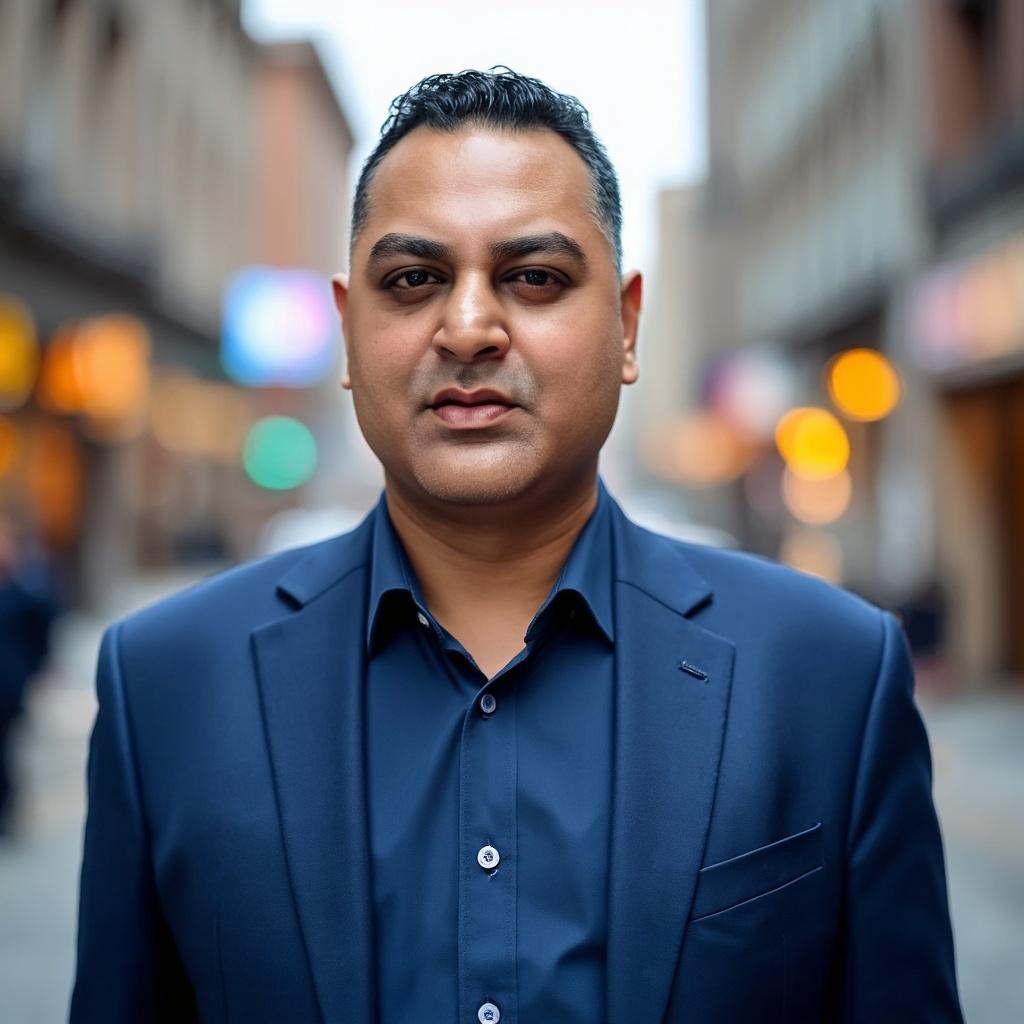 Dinesh Sastry
Dinesh Sastry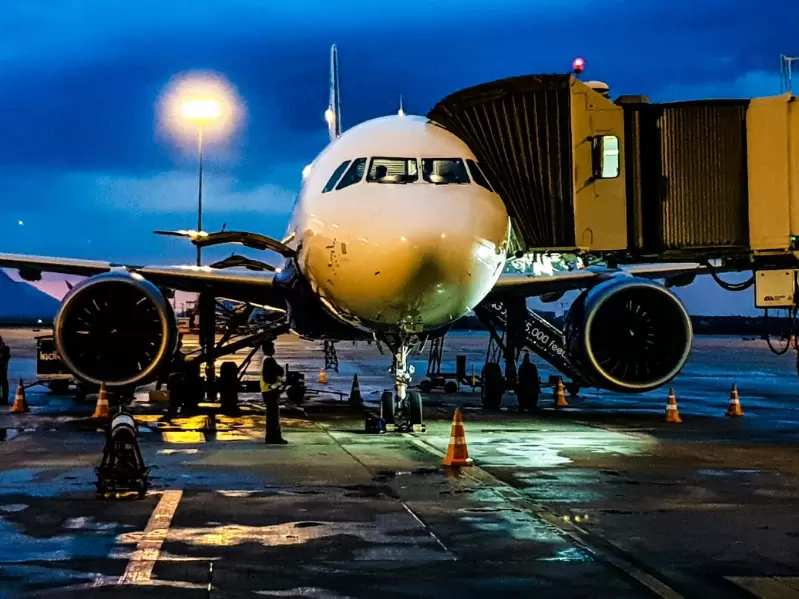
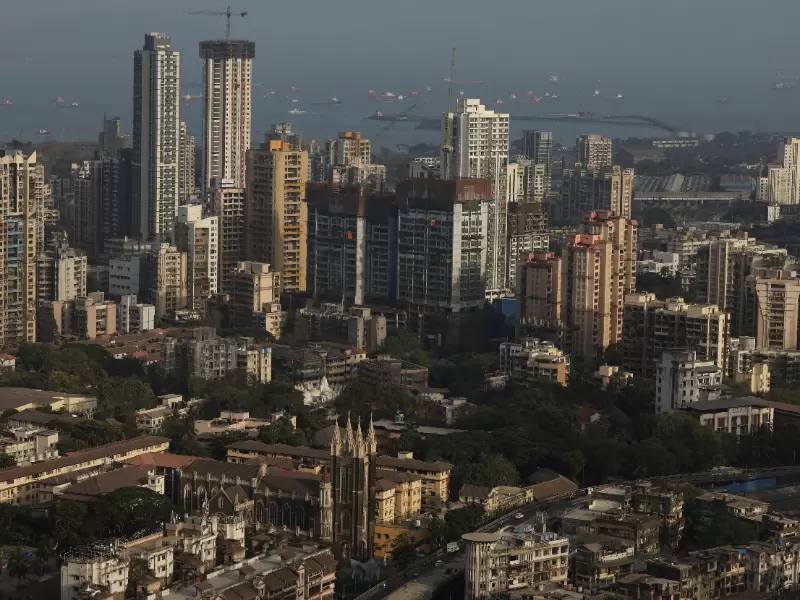
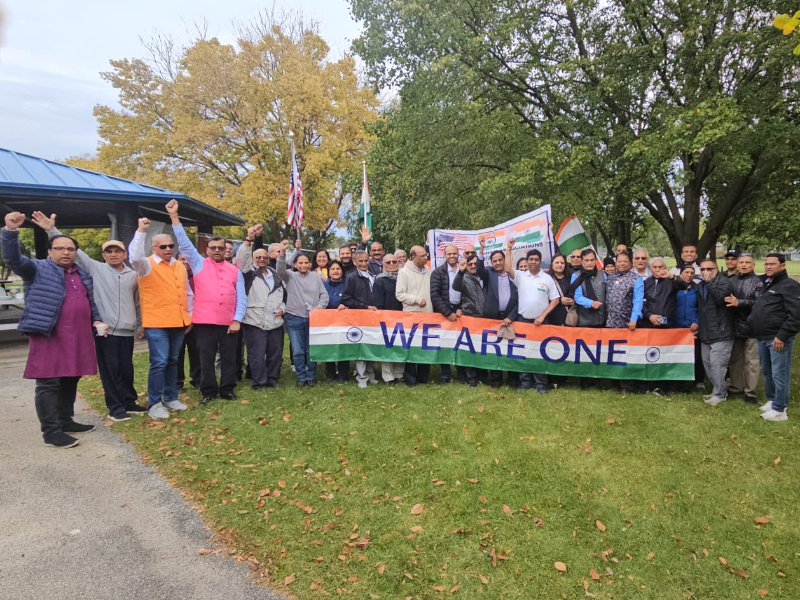
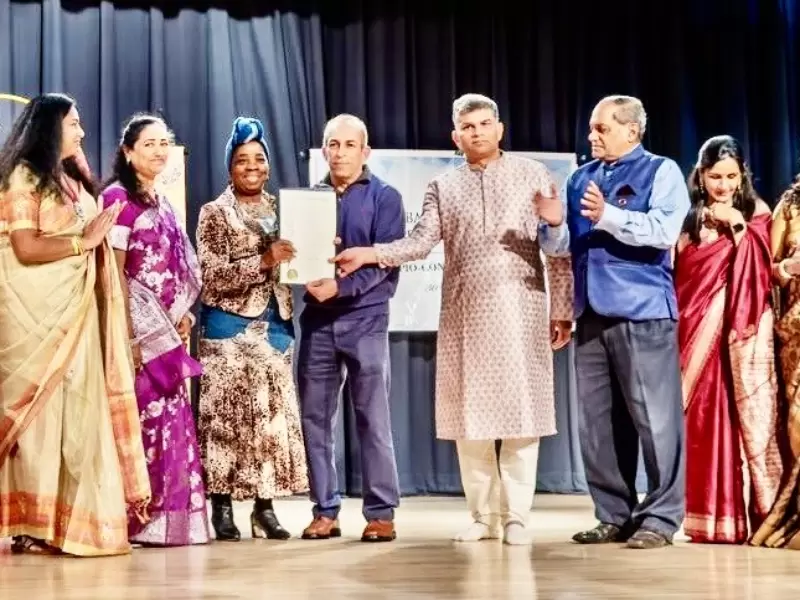


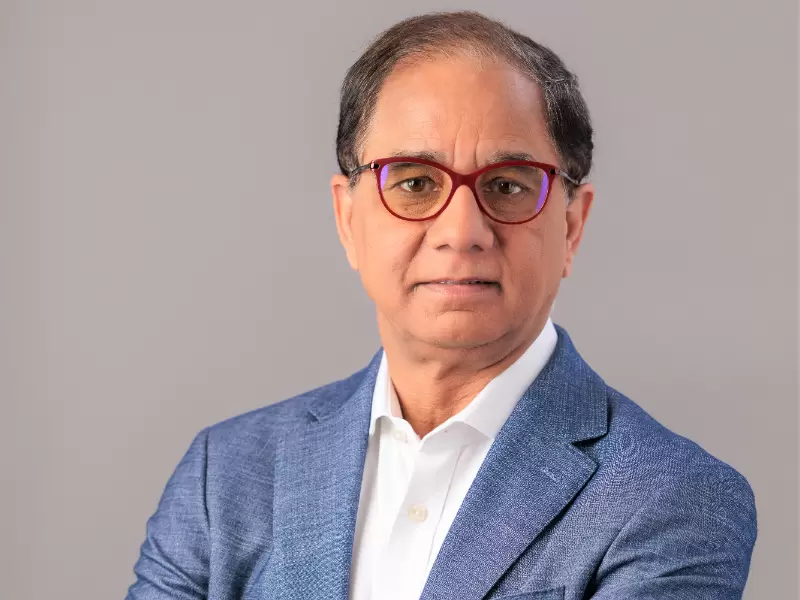
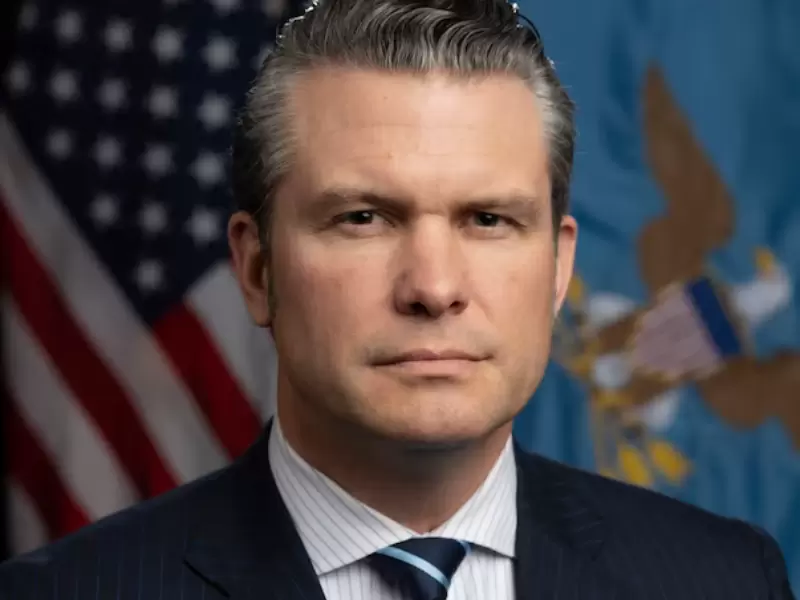
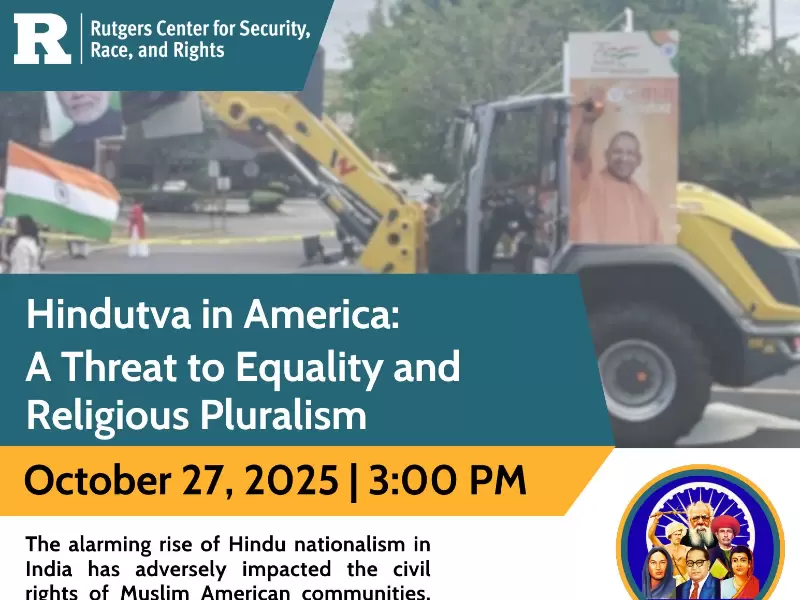
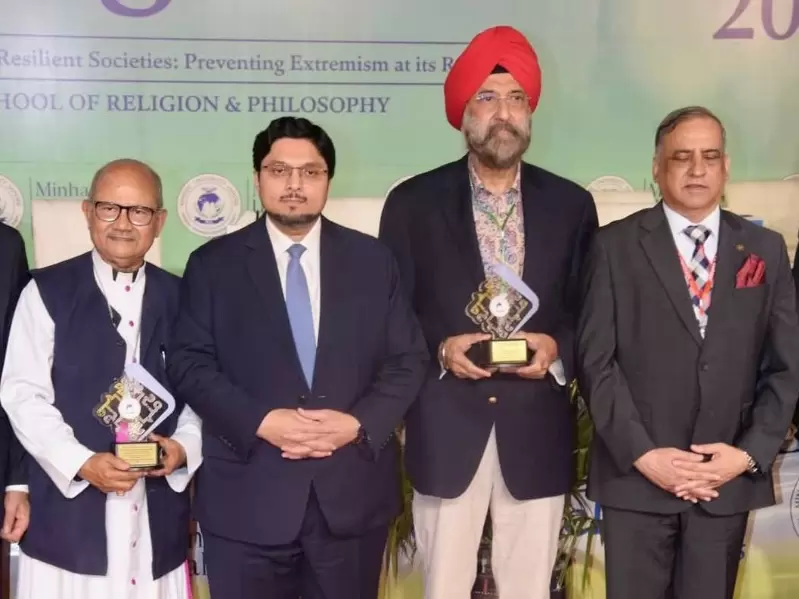
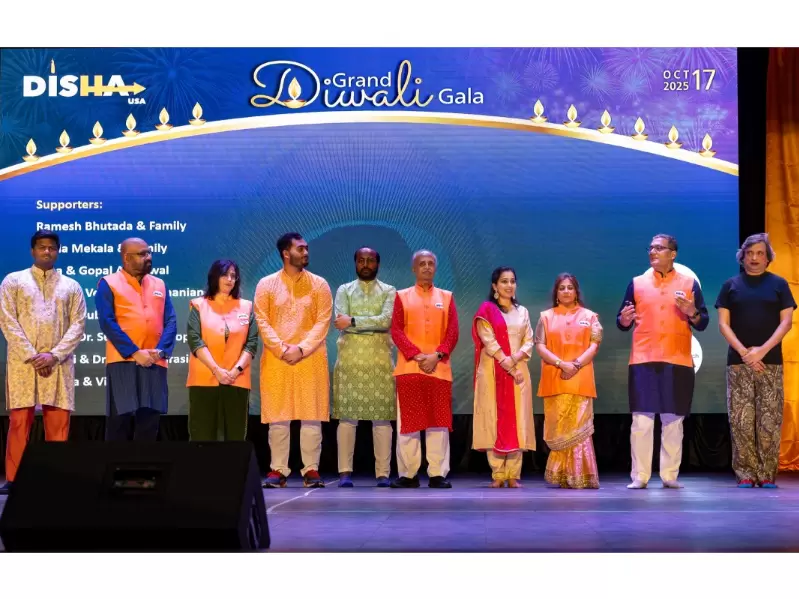
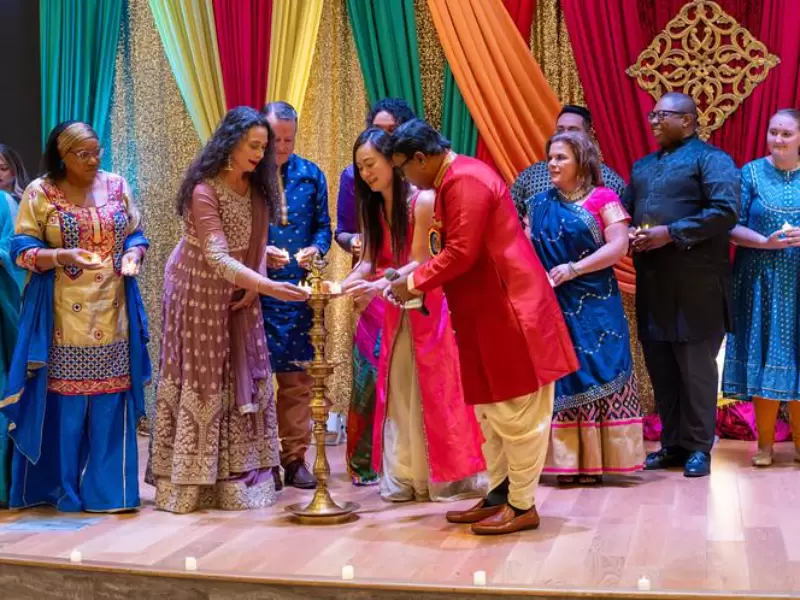



Comments
Start the conversation
Become a member of New India Abroad to start commenting.
Sign Up Now
Already have an account? Login